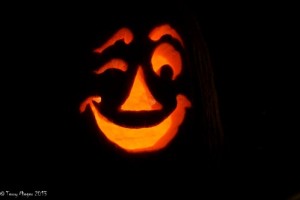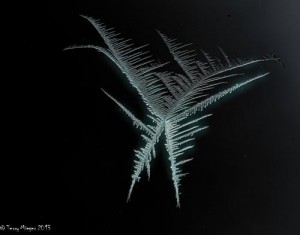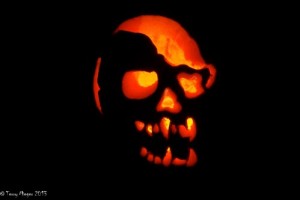Images from the Id – So why is everybody looking at the back of their camera?
The obvious answer is not necessarily the correct answer. Are they looking at the “picture”? Well, sort of. Advanced photographers may want to check the composition but they know, other than that, the LED screen doesn’t give much more. It can do much more when you understand what is important in the image you just took. There is a setting, in almost all digital cameras, which can give the information use to judge the quality of the image. This is called the histogram. The histogram is a graphic representation of the distribution of the tonal range of the image. This is nothing more than the distribution of light, dark and mid tones in the image, the contrast. This is important because it can tell you whether or not you have “clipped” any information from the image. This happened when the histogram graph is piled up on the extreme right (light side) or left (dark side). This means you have lost detail i.e.. information from that tonal range. Most of the time it is best not to clip detail because with the RAW file you have the ability to bring out that detail in the software. There is no such thing as the “perfect” histogram. The “Bell” curve doesn’t happen and actually there are time when you want to be tilted a little to the left or right. Example a snow scene should have more bright pixels, lean to the right, because snow is white not gray. That jack o lantern should be all dark and all light, nothing in the middle to just get the image of its face.
Next week – Putting it together or let’s see how it works





